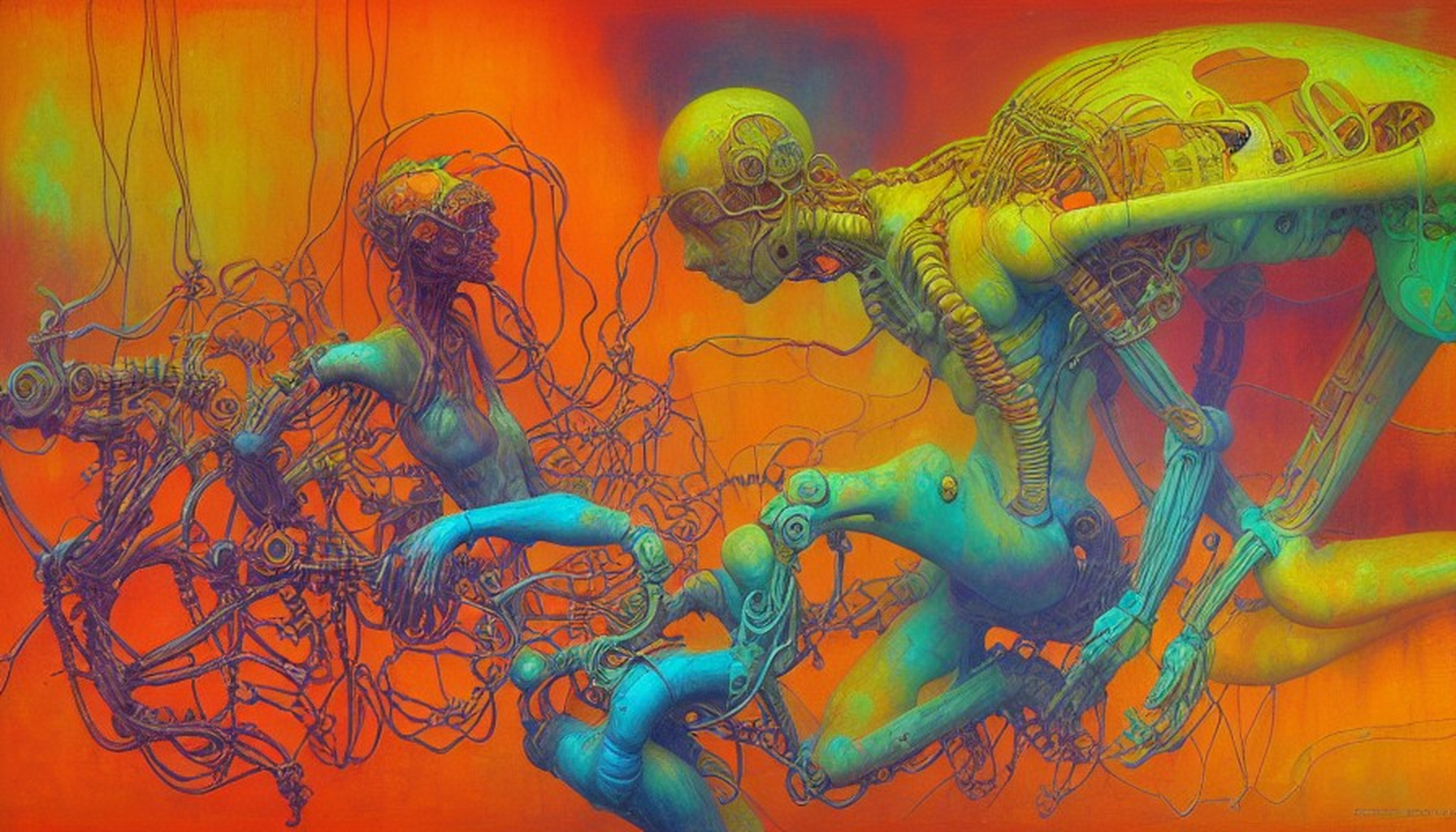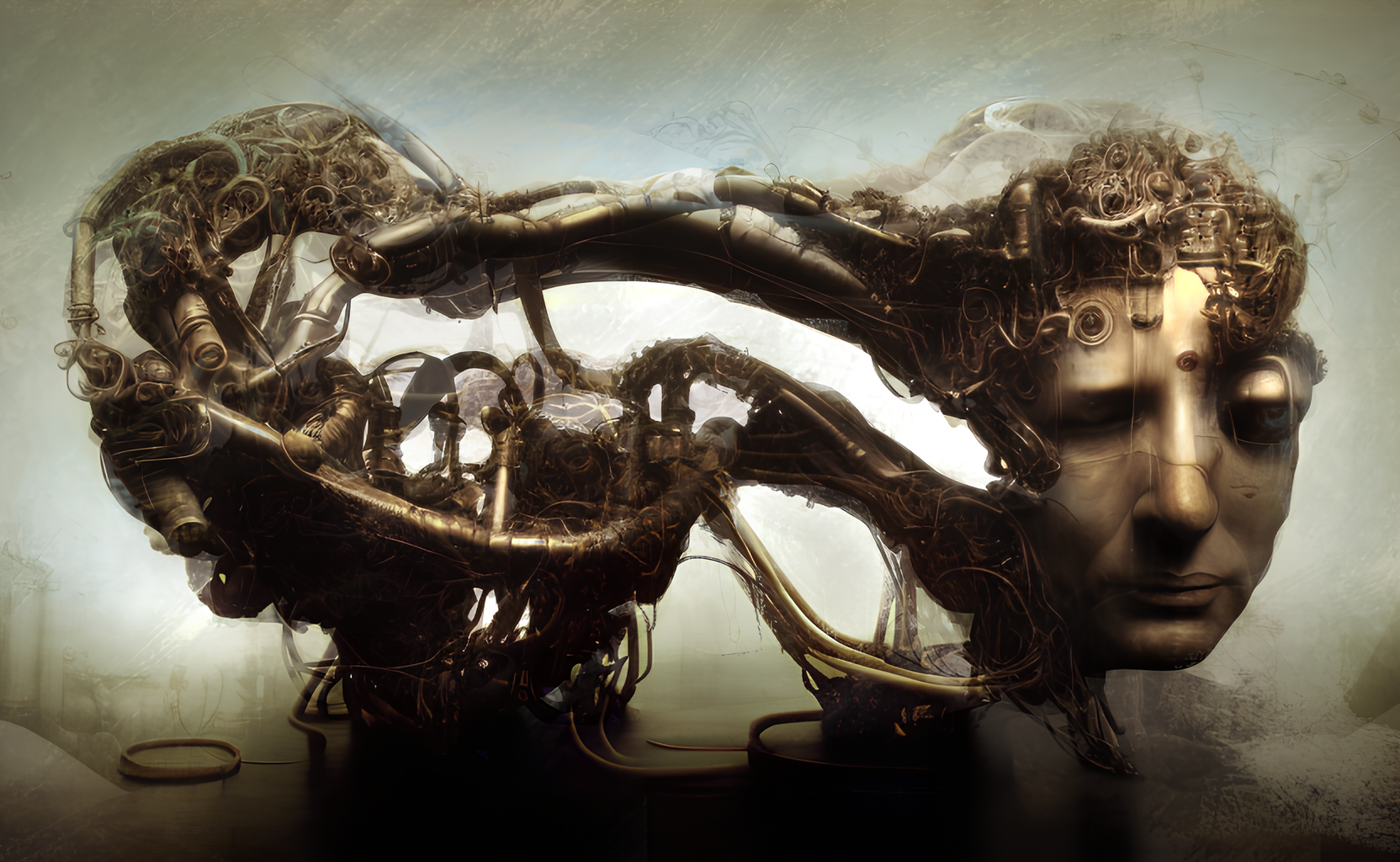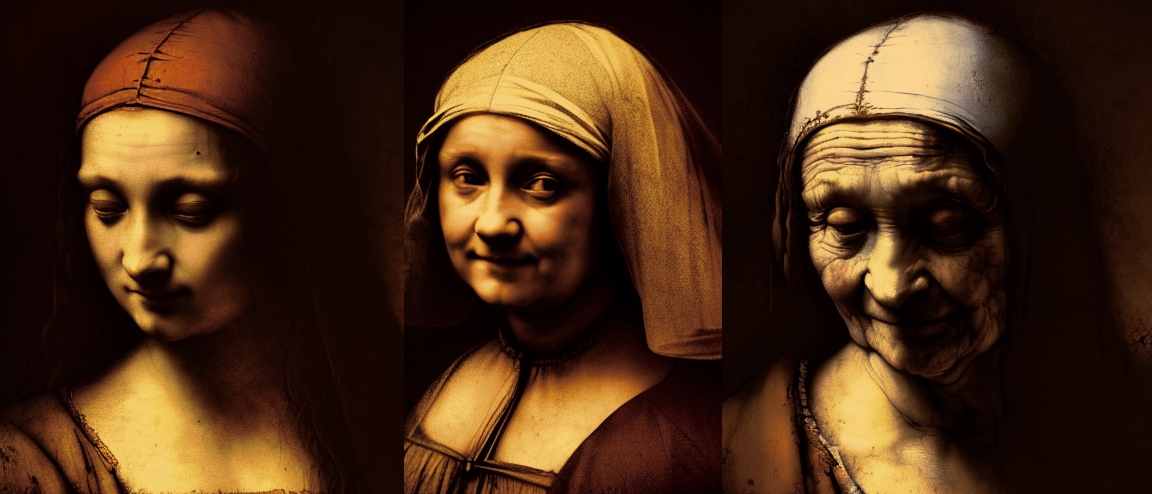Neural Networks and Image Synthesis

Neural networks have become a popular tool for image synthesis in the field of artificial intelligence—thanks to the advancements in Deep Learning, Generative Adversarial Networks (GANs), and various Machine Learning and Data Processing methods and frameworks. One of the most common techniques for image synthesis is the use of random fields and convolutional neural networks. It involves a neural network generating images by modeling the distribution of pixel values in an image. By training the network on a large dataset of images, it can learn to synthesize images that look realistic and natural.
Random Fields are a mathematical model used in computer vision that can capture the structure and dependencies in an image. They are useful for synthesizing images (also in segmentation, denoising, and reconstruction) as they can model the dependencies between adjacent pixels in the image.
How to Stabilize Randomness?
Stable diffusion is a technique used in image synthesis that involves optimizing a noise field over time to gradually reveal a detailed image. Random fields, on the other hand, are a type of probabilistic model used in image analysis and computer vision. Despite their differences, stable diffusion and random fields are closely connected, as stable diffusion can be seen as a continuous version of the iterative process used in random field modeling.
The connection between stable diffusion and random fields has led to the development of new techniques in both image synthesis and image analysis. For example, stable diffusion has been used to generate realistic textures and structures in images, while random fields have been used to segment and classify images based on their content. By combining these techniques, researchers have been able to create powerful models for a wide range of applications in computer vision and beyond.
How to Understand the Data?
Random Fields have limited capabilities, and they are often replaced by CNNs in the process of image synthesis.
Convolutional Neural Networks (CNNs) is a type of neural network that is commonly used in image synthesis. CNNs are designed to recognize and extract features from images.
They consist of multiple layers of convolutional filters that can identify patterns within the image. The filters can detect edges, shapes, and textures, which are combined to create a high-level representation of the image. CNNs have been successfully used in image synthesis, where they can generate realistic images that are visually similar to real-life photographs.
Generative Adversarial Networks (GANs) are a type of neural network used for image synthesis. They consist of two neural networks, a generator, and a discriminator. The generator network creates fake images that are similar to real-life photographs, while the discriminator network tries to differentiate between real and fake images. The two networks are trained together in a process called adversarial training, where the generator network learns to create more realistic images over time.
GANs are used for various image synthesis tasks, such as image-to-image translation, style transfer, and face generation.
Deep Learning is a subset of machine learning that utilizes deep neural networks to solve complex problems. It is widely used in image synthesis and can generate high-quality images that are visually similar to real-life photographs.
Deep Learning is capable of synthesizing images that exhibit different styles, making it possible to create realistic images that are not limited to a single style or substance (it is also used for text synthesis, where it can generate realistic text that is similar to human writing).
Filtering and Infering the Information
The use of neural networks for image synthesis has many practical applications, including the creation of photorealistic images for video games and movies, and the generation of realistic training data for machine learning algorithms. It is also an active area of research in the field of artificial intelligence, as researchers continue to explore new techniques for improving the quality and efficiency of image synthesis using neural networks.
Stable diffusion, as mentioned above, is a powerful technique used in image synthesis that differs from other approaches such as texture synthesis and style transfer. Stable diffusion is used to generate high-quality images by optimizing a noise field over time, gradually reducing the noise to reveal a detailed image. This method is more stable than other approaches, as it avoids the issues of overfitting and instability that can arise in other image synthesis techniques.
Stable diffusion has been shown to be effective in producing realistic images of complex or organic scenes, such as landscapes and animals.
Stable diffusion has a close connection to GANs (Generative Adversarial Networks) and CNNs (Convolutional Neural Networks). GANs are a type of machine learning model that consists of two neural networks, a generator and a discriminator, that are trained together to generate new data that is similar to a given dataset.
Training in Denoising Leads to Computer Creativity
Stable diffusion can be thought of as a continuous version of GANs, where the generator network is replaced by a diffusion process that gradually reduces noise in the input image. CNNs are used in stable diffusion to extract features from the image, which are then used to guide the diffusion process. This allows stable diffusion to produce images with realistic textures and structures.
OpenAI, a research organization dedicated to developing advanced artificial intelligence, has developed several algorithms based on stable diffusion, including DALL-E, a neural network that can generate images from natural language descriptions, and CLIP, a model that can classify images based on their content. These models have demonstrated the power of stable diffusion for generating high-quality images and advancing the state of the art in image synthesis.
There are also some challenges associated with using neural networks for image synthesis. For example, it can be difficult to control the output of a neural network, and the generated images may not always be suitable for a given task.
There are also many misconceptions regarding the training on the open datasets and the copyright controversy.Additionally, there are concerns about the ethical implications of using artificial intelligence to create images that are indistinguishable from real ones (being it an image, photo, or a video).
What Comes Next
Image, text, and data synthesis continue to advance in 2023 (after the boom of available open-source and proprietary generators in 2022). These advancements have opened up new avenues for applications in fields like art and design, where AI-generated images are being used for advertising and marketing.
Researchers are working on developing new techniques that can generate more realistic or controllable stylized output, and are also exploring new applications of neural networks in art and design.

